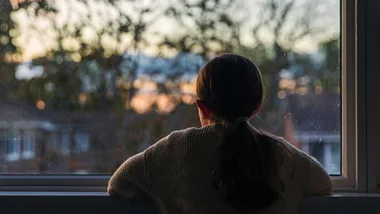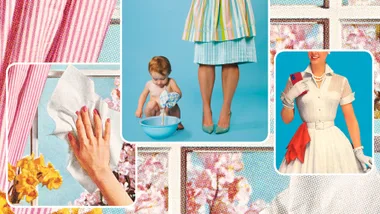A new study has debunked any theories that the difference in confidence levels between men and women is biological, finding that when put in the right situations, girls have the same level of self-confidence as boys. The Australian Gender Equality Council (AGEC) surveyed 10,000 girls and boys in single-sex schools in Queensland with the aim of dispelling common myths about differences in the confidence of adolescent boys and girls and, therefore, women and men in the workplace.
Despite prior studies finding that girls’ confidence tends to fall below boys’ from around the age of nine onwards, the AGEC’s research found no significant differences in self-confidence between girls and boys aged 12-18 in the high schools they studied.
The ground-breaking research means that the differences we see in confidence between girls and boys and men and women, especially in the workplace, are not biological or natural. In fact, if we create the right situations for young girls, there is no difference in confidence levels at all.
“There is no evidence whatsoever to support that there’s a biological difference [in confidence],” lead author Terry Fitzsimmons from the AIBE Centre for Gender Equality in the Workplace at the University of Queensland told Sydney Morning Herald. “A lot of this stuff we are dealing with in the workplace relates back to socialisation at home and at school.”

“What this [study] goes to show, really importantly, is that there is an environment in which whatever is driving that [difference in] confidence between adolescent boys and girls is not happening,” Dr Fitzsimmons said. “We think it’s the first study of its kind to establish a set of criteria where that [gap] doesn’t hold.”
Dr Fitzsimmons noted that the study isn’t meant to suggest that single-sex schools should be considered more beneficial to young women than mixed education, rather that the difference in confidence levels is situational and furthermore, that in single-sex schools, the girls’ raised confidence levels is likely to be due to watching other girls and women in leadership positions.
Furthermore, the study found that boys have 1.5 times the amount of campus space as girls, and three times the amount of outdoor play area as girls. “This research is a watershed moment in understanding the roots of gender inequality, AGEC Chair, Victoria Weekes, said of the findings. “Clearly, when adolescent boys and girls have the same confidence levels, and are influenced equally by the same activities, then logic dictates there should be no impact on a girls career path choice, and subsequent entry into leadership roles or into STEM careers. However, with the imbalance shown in the study’s findings on chores and physical space, this suggests that culture is to blame. Subconsciously, we are telling girls to stay inside – be compensated less – and also telling them to take up less physical space as they study and play.”
“We cannot expect to reach gender equality when we adopt this stance for 51% of the population,” she continued.
Despite girls and boys’ confidence levels being similar in same-sex high schools, the study did find that self-confidence declines for both boys and girls as they get older. Previous studies have found that from the age of 9 until age 80, women have less confidence than men.
Instead of blaming a lack of confidence for women being in fewer leadership positions than men, let’s instead look towards changing the environment young girls and women grow up in.










